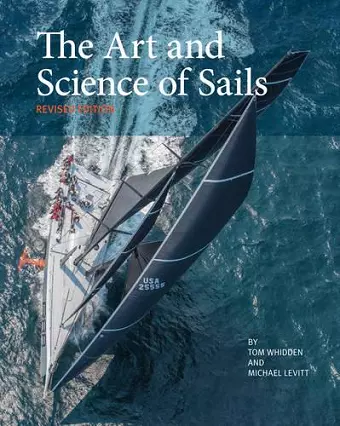The Art and Science of Sails
Michael Levitt author Tom Whidden author
Format:Hardback
Publisher:Seapoint Books & Media LLC
Published:1st Oct '16
Currently unavailable, our supplier has not provided us a restock date

This non-fiction hardback, "The Art and Science of Sails" from Michael Levitt & Tom Whidden, was published 1st October 2016 by Seapoint Books & Media LLC.
ISBN: 9780997392005
Dimensions: unknown
Weight: 1162g
182 pages
2nd Revised edition